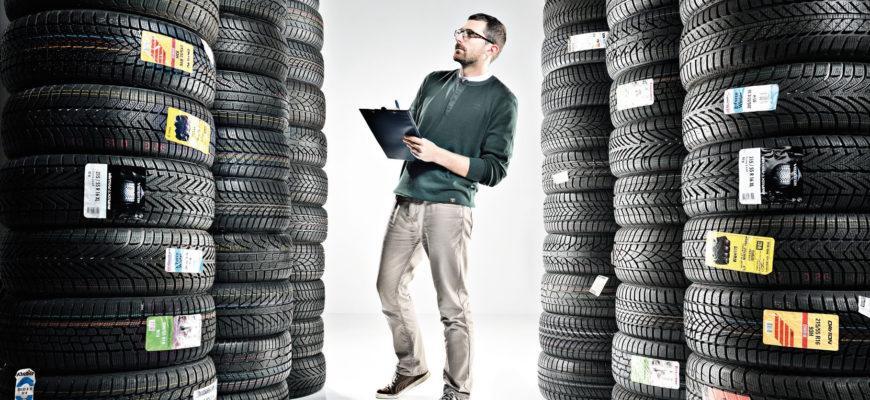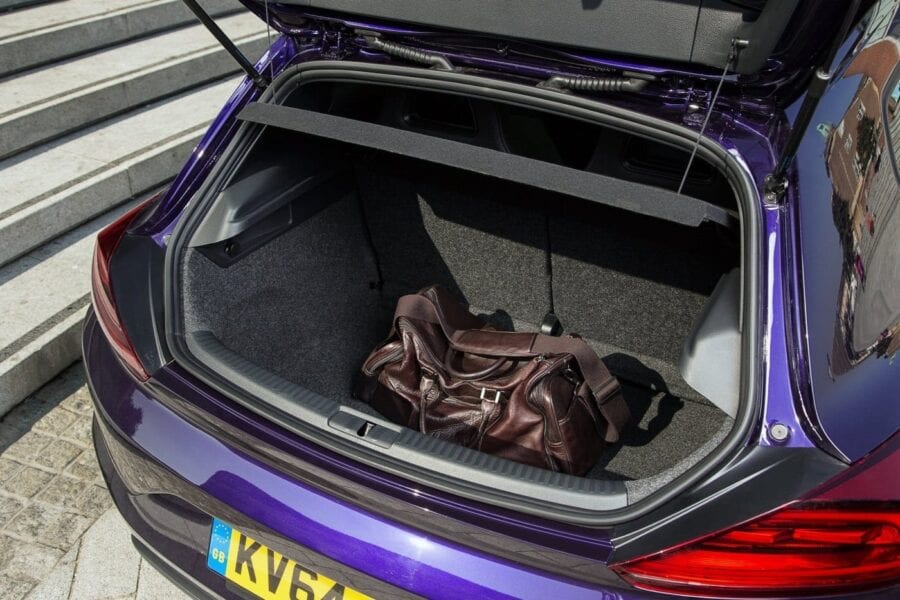
Dandelion tires and other new technologies in tires
Content
- See also: Winter tires - when to change, which one to choose, what to remember. Guide
- Goodyear - winter tires and summer tires
- Michelin - winter tires and summer tires
- See also: Winter tires - check if they are roadworthy
- Bridgestone - winter tires and summer tires
- Hankook - winter tires and summer tires
- Kumho - winter tires and summer tires
- See also: All-season tires lose to seasonal tires - find out why
- Continental - winter tires and summer tires
- See also: New tire marking - see what's on the labels since November
- Question to the expert. Is it worth driving on all-season tires? Witold Rogowski, automotive network ProfiAuto.pl.
 Tires are one of the most important elements of any car, and their manufacturers are constantly introducing new technologies. They work on plastic tires and also extract rubber from dandelions.
Tires are one of the most important elements of any car, and their manufacturers are constantly introducing new technologies. They work on plastic tires and also extract rubber from dandelions.

The history of tires goes back almost 175 years. It all started in 1839, when the American Charles Goodyear invented the rubber vulcanization process. Seven years later, Robert Thomson developed the pneumatic tube tyre. And at the end of the 1891 century, in the XNUMXth century, the Frenchman Edouard Michelin proposed a pneumatic tire with a removable tube.
The next big steps in tire technology were made in the 1922 century. In XNUMX, high-pressure tires were developed, and two years later, low-pressure tires (good for commercial vehicles).
See also: Winter tires - when to change, which one to choose, what to remember. Guide
The real revolution took place after World War II. Michelin introduced radial tires in 1946, and Goodrich introduced tubeless tires a year later.
In the following years, many different improvements were made to tire design, but the technological breakthrough came in 2000, when Michelin introduced the PAX system, which allows you to drive with a flat or depressurized tire.
ADVERTISING
At present, tire innovation is mainly about improving tread contact with the road and fuel economy. But there are also innovative concepts for obtaining rubber for tire production from popular plants. The concept of a tire made of plastic was also developed. Here is a brief overview of what's new in the tire industry.
Goodyear - winter tires and summer tires
An example of tire measures that reduce fuel consumption is the EfficientGrip technology, which was introduced this year by Goodyear. Tires based on this technology are designed using an innovative and economical solution - FuelSavingTechnology.
As the manufacturer explains, the tread rubber compound contains special polymers that reduce rolling resistance, fuel consumption and carbon dioxide emissions in the exhaust gases. EfficientGrip tires are engineered to provide consistent stiffness and even pressure distribution across the tire surface resulting in increased mileage. Compared to the previous version, the tire is lighter, which provides more precise steering and improves the car's cornering behavior.
Опона Goodyear EfficientGrip.
A photo. Good year
Michelin - winter tires and summer tires
The French concern Michelin has developed the Hybrid Air technology. Thanks to this French concern, it was possible to create very light tires of an unusual size (165/60 R18), which reduce carbon dioxide emissions by 4,3 grams per kilometer, and fuel consumption by almost 0,2 liters per 100 kilometers.
Fuel economy is due to lower rolling resistance and better aerodynamics of the tire. In addition, the weight of such a tire has been reduced by 1,7 kg, i.e. the total vehicle weight is reduced by 6,8 kg, which also reduces fuel consumption.
See also: Winter tires - check if they are roadworthy
According to the manufacturer, when driving on wet surfaces, the narrow but high Hybrid Air tire has less resistance and better copes with residual water, which ensures safety. A sufficiently large tire diameter also improves driving comfort by reducing road irregularities more effectively.
она Michelin Hybrid Air.
Photo. Michelin
Bridgestone - winter tires and summer tires
The Bridgestone catalog features Blizzak's new winter tire technology. They use a new tread pattern and compound which results in very good performance on snow (braking and acceleration) as well as a stable ride on wet surfaces. The best results in terms of wet and dry braking safety have also been achieved thanks to the new arrangement of grooves of the same depth, which allows for uniform tire stiffness under different braking conditions.
The high quality of Blizzak tires has been recognized by the German technical organization TÜV with the TÜV Performance Mark.
Rubber Bridgestone Blizzak.
Photo of Bridgestone
Hankook - winter tires and summer tires
This year, the Korean company Hankook developed the eMembrane tire concept. By changing the internal structure of the tire, the tread pattern and tire contour can be adapted to the desired driving style. As the manufacturer explains, in economy mode, the center of the tread can increase and the contact area with the ground can decrease, which, by reducing rolling resistance, helps to reduce fuel consumption.
The i-Flex tire is an innovative solution straight from Korea. It is a prototype non-pneumatic tire designed to improve the overall performance of a vehicle and improve its energy balance. Made from polyurethane and attached to the rim, the i-Flex is approximately 95 percent recyclable and significantly lighter than conventional wheel and tire combinations. In addition, the i-Flex tire does not use air. It is expected that such a solution will not only optimize fuel consumption and noise levels in the future, but also improve driving safety.
Hankook i-Flex tire.
Foot. Hankuk
Kumho - winter tires and summer tires
More and more manufacturers are introducing all season tires, also known as all season tyres. Among the novelties of this tire group this season is the Kumho Ecsta PA31 tire. The tire is designed for medium and high class cars.
See also: All-season tires lose to seasonal tires - find out why
The manufacturer reports that the tire uses a special tread compound that provides adequate traction and increased mileage. Tightly spaced blades and large transverse grooves are designed to make driving easier on wet surfaces. In addition, the directional tread pattern prevents uneven wear and has a positive effect on tire life. The low noise level is also an advantage.
Opona Kumho Eksta PA31.
Photo. Kumho
Continental - winter tires and summer tires
In search of new raw materials for the production of tires, Continental turned to nature. According to the engineers of this German company, dandelion has great potential for rubber production. In recent years, thanks to the most modern cultivation methods, it has become possible to produce high-quality natural rubber from the roots of this common plant.
In the German city of Münster, an experimental plant for the production of rubber from this plant on an industrial scale has been launched.
See also: New tire marking - see what's on the labels since November
The production of rubber from dandelion root is much less dependent on weather conditions than is the case with rubber trees. Moreover, the new system is so undemanding to cultivation that it can be implemented even in areas that were previously considered wastelands. According to representatives of the Continental concern, growing crops near manufacturing plants today can significantly reduce pollutant emissions and the cost of transporting raw materials.
Question for an expert. Is it worth driving all season tires? Witold Rogowski, automotive network ProfiAuto.pl.
With all-season tires, or otherwise called all-season tires, everything is like with shoes - after all, it will be cold in flip-flops in winter, and in warm shoes in summer. Unfortunately, in our climate there is no golden mean. Therefore, we must use summer tires in summer and winter tires. The tire construction has been specially prepared and tested for each of these seasons. There is nothing to experiment here. Maybe all-season tires work well in warmer climates, like Spain or Greece, where winter temperatures are above freezing, and if it's raining from the sky, it's raining at best.
Wojciech Frölichowski
ADVERTISING

